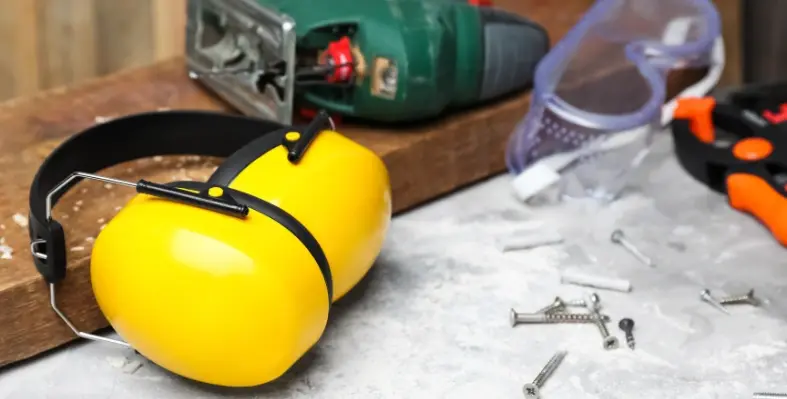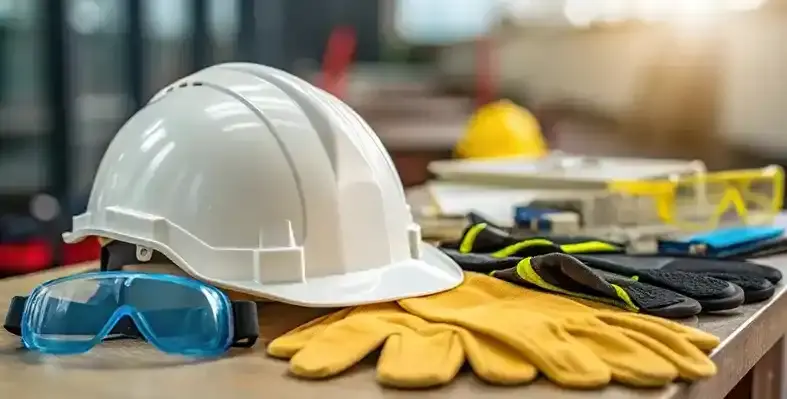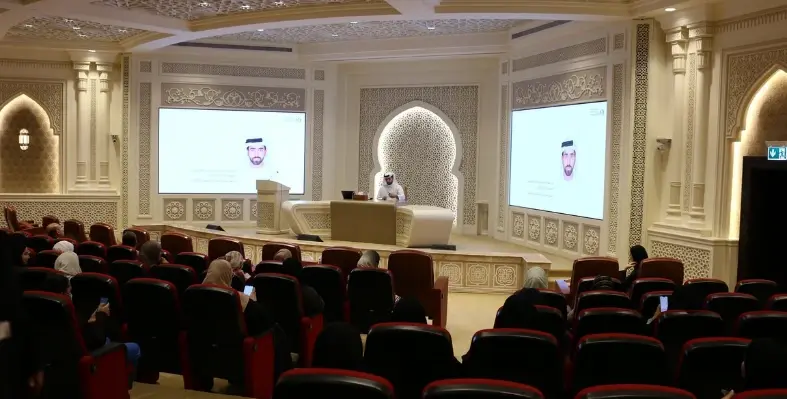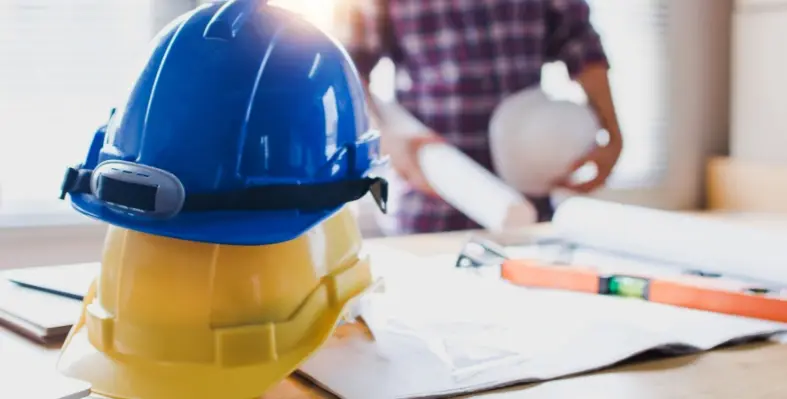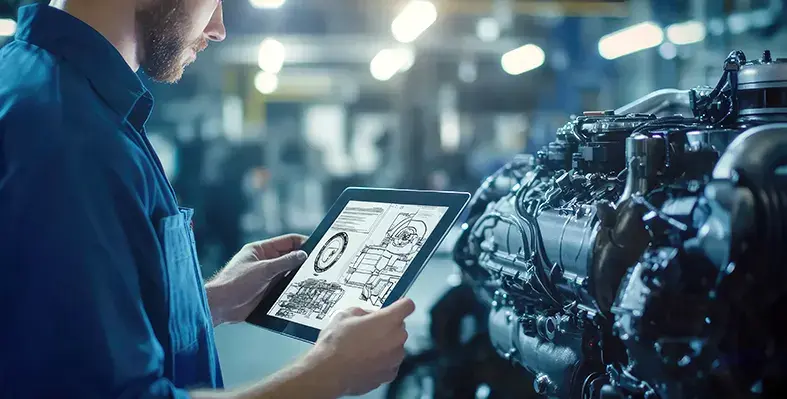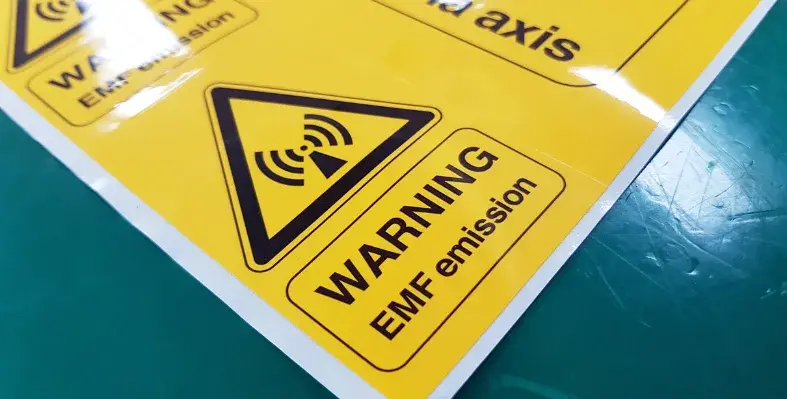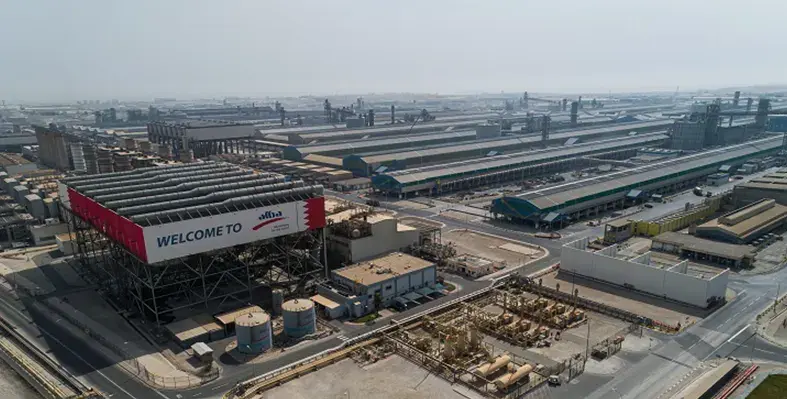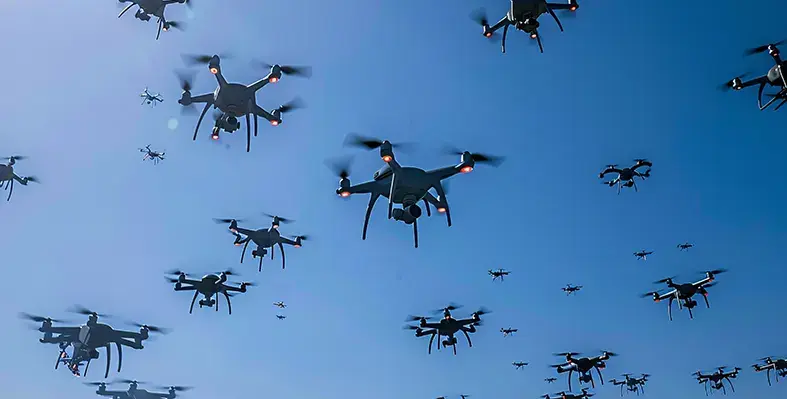The hearing protection devices (HPDs) market is experiencing significant momentum worldwide, fuelled by growing awareness of occupational safety, rising noise pollution levels, and an increasing emphasis on worker health and productivity.
These devices, which include earplugs, earmuffs, and advanced electronic protectors, are designed to reduce noise exposure and prevent hearing loss.
They are widely used across industries such as construction, mining, manufacturing, defence, and transportation, where workers are routinely exposed to hazardous sound levels.
According to Persistence Market Research, the global HPDs market is projected to be valued at US$2.4bn in 2025 and is expected to reach US$4.2bn by 2032, registering a compound annual growth rate (CAGR) of 8.2%. This growth trajectory reflects the tightening of workplace safety regulations, the rapid pace of industrialisation in emerging economies, and rising demand for technologically integrated solutions that combine effective protection with enhanced comfort and usability.
With noise-induced hearing loss (NIHL) ranking among the most common occupational health conditions worldwide, industries are under increasing pressure to invest in protective measures that mitigate long-term health risks and related costs. Employers are recognising that protecting hearing is not just a compliance issue but also an essential part of maintaining workforce productivity and well-being.
Technological innovation is playing a pivotal role in reshaping the industry. The development of smart and electronic hearing protectors with features such as Bluetooth connectivity, active noise cancellation, and real-time monitoring is transforming how workers experience protection. These devices not only improve safety outcomes but also enable situational awareness, allowing users to hear essential alarms or communicate effectively while remaining protected.
Manufacturers are investing in ergonomic designs, lightweight materials, and customised fits to address one of the sector’s ongoing challenges: comfort and compliance. Long-term usage of hearing protection can sometimes be uncomfortable, leading to inconsistent adoption, and resolving this issue remains central to ensuring effectiveness.
Cost also presents a barrier, particularly for small and medium-sized enterprises in developing economies, where advanced devices may be prohibitively expensive. Additionally, in low-income regions, a lack of awareness about hearing hazards and weaker enforcement of regulations continue to slow widespread adoption.
Dual-protection systems that combine passive and electronic technologies are also becoming popular in high-risk industrial and defence applications. Looking ahead, the hearing protection devices market is set to expand as stricter regulatory frameworks, awareness campaigns, and technological integration drive adoption. For employers, effective deployment of HPDs will not only support compliance but also safeguard one of the most valuable and irreplaceable human senses: the ability to hear.




